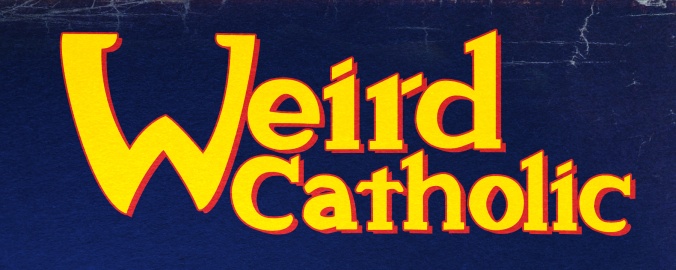I’ve been revamping the way I work and playing with some new tools, and thought I might share some of the results.
My main writing software is Scrivener, which is great for books and not bad for short writing. I keep a “short writing” project where I have all my assignments and every issue of Games Magazine. Although it handles things pretty well, it’s really meant for long form, and it was doing nothing to help me manage the vast amount of original research, notes, and clippings I use for Weird Catholic and adjacent history writing, nor does it offer a simple and flexible markdown writer.
After trying several things, I settled on three tools:
- Scrivener, for long form and probably still for Games Magazine, though that may change.
- DevonThink, for managing notes and posts. DevonThink is an absurdly powerful and customizable “smart document manager.” Imagine Evernote on steroids with no annual fee, no proprietary formats, and complete security. It has a learning curve, and I’ve barely scratched the surface, but it allows me to save entire web page articles as clutter-free markdown text files and then search them using a sophisticated AI search that not only finds key words, but also similar ideas. It does the same thing for PDFs, and brings my own notes and text files into the database as well. So, if I want to I can run a search for The Sudarium of Oviedo through all my pages, notes, files, and entire PDFs of research material. Since I have a huge selection of PDFs of journal articles and old books, this makes it a pretty powerful tool. I also take new notes right in DevonThink and use it to log quotes and text excerpts from reading.

DevonThink
This syncs with my new word processor, which is …
- iAwriter. This is just a simple text writer that now saves straight to Dropbox. Markdown allows you to use simple text codes for character formatting like headers, bold, and italic, and then prints or exports in a variety of formats (DOC, PDF, RTF). It runs a full screen text writer with a typewriter interface that keeps the words on a single line and moves the page so your current text is always at the center of the screen. It uses the Mac spelling/grammar checker, and recently introduced a syntax checker that’s still pretty sketchy and seems to be built around an engine assigned to worship at a shrine to Strunk & White for a million cycles. Nevertheless, it’s pure text, saved to hard drive and synced to Dropbox, and instantly readable/searchable in DevonThink. It also has a Markdown preview window. It’s kind of great.

iAwriter with preview mode turned on and syntax tags for color.
The recent posts at Weird Catholic (and this one) are written in iAwriter and published directly to WordPress from the software. I don’t cut and paste or format. I publish right to a post draft.
Finally, I use Drafts to capture text (dictation, reading notes, quotes, logged items, etc), SimpleNote for lists, and Zotero to manage citations. MS Word is on the computer, but I don’t use it unless I have to open a file.
I’m also playing with a modified form of Zettelkasten (Slipbox) note-taking that uses short blocks of text in discreet notes with hyperlinks to similarly themed or connected ideas. That’s still a work in progress. As with most productivity systems, some Zettelkasten users emit a bit of a cult-like vibe and insist on certain conventions like convoluted naming schemes and disdain for tagging notes with keywords. I just ignore that and take short reading notes which I crosslink to other notes using DevonThink’s automatic wikinote linking features.
That’s the electronic tools, but I’ve ditched apps and software for a lot of other tasks, including task management (I use a notebook bullet journaling), lists (pocket notebook), free writing, and basic note taking. All of that is done on paper.

 Master Francke, 1424.
Master Francke, 1424. 
 Carrow Psalter, 1250.
Carrow Psalter, 1250.  .
.